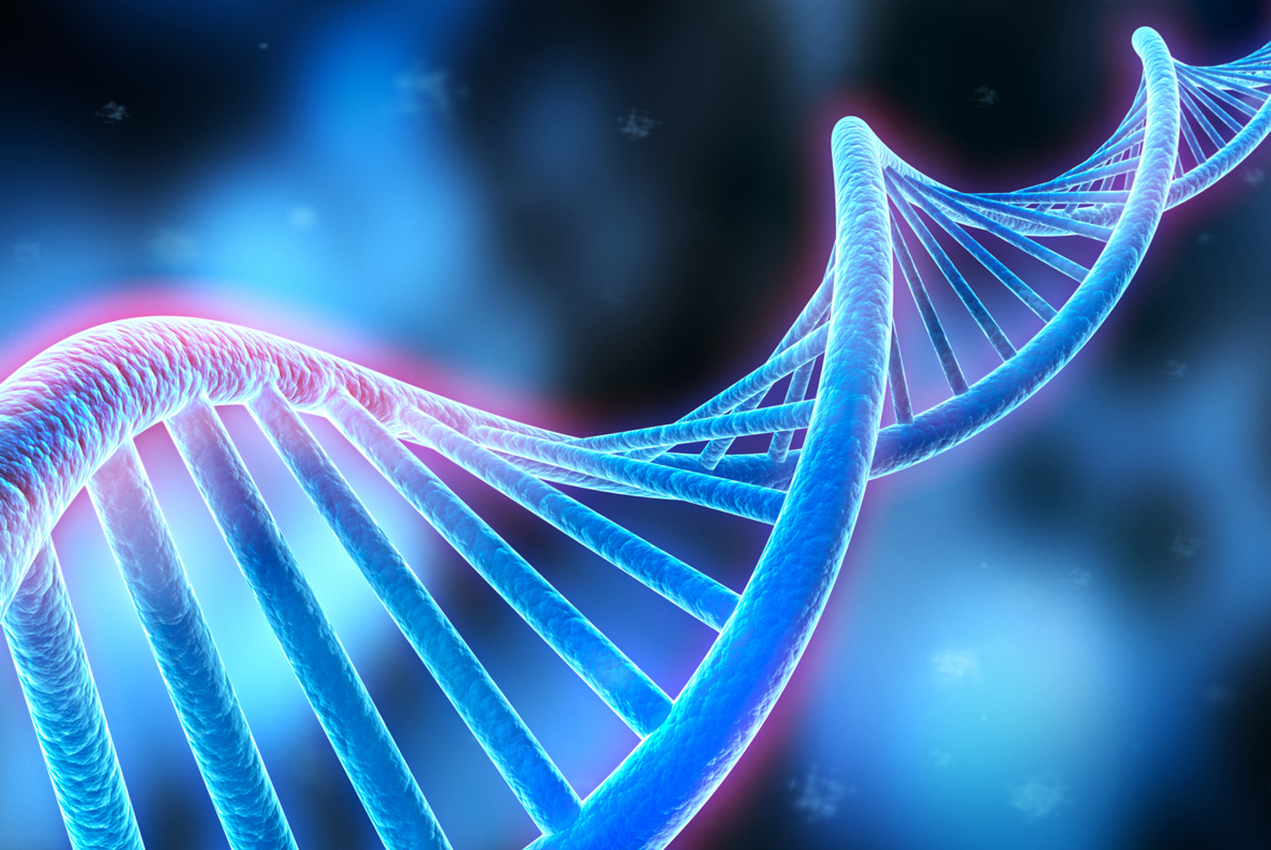
Blog

13 Nov , 2024
The field of metagenomics has revolutionized the way we study microorganisms, unveiling the complexity and diversity of microbial communities that reside in various environments. From human health to ecosystem conservation, metagenomics has become a powerful tool, allowing scientists to analyze genetic material directly from environmental samples without the need for traditional culturing methods. This article explores the impact of metagenomics on microbiome research and environmental science, and why it’s critical to advancing our understanding of both human health and the planet.
What is Metagenomics?
Metagenomics is the study of the collective genome of microorganisms in a particular environment, often referred to as a “microbiome.” This approach involves extracting and sequencing DNA directly from environmental samples, such as soil, water, or human body sites, to identify and analyze the presence of different microbial species and their genetic functions.
With advancements in next-generation sequencing (NGS) technologies, metagenomics has enabled scientists to gain unprecedented insights into complex microbial ecosystems, including those in the human gut, marine environments, soil ecosystems, and extreme environments like deep-sea hydrothermal vents.
Importance of the Microbiome: Human Health and Disease
The human microbiome, particularly the gut microbiome, is now recognized as a critical component of human health. It plays essential roles in digestion, immunity, and even mental health. Imbalances in the microbiome, known as dysbiosis, have been linked to a range of diseases, including obesity, diabetes, autoimmune disorders, and mental health conditions.
Key areas where metagenomics contributes to microbiome research in human health include:
Metagenomic analysis enables the identification of microbial strains that might produce therapeutic compounds or aid in the development of new treatments for microbial imbalances, offering great potential for personalized medicine.
Environmental Research: A Window into Ecosystems
In environmental science, metagenomics is used to study microbial communities in natural settings, which are fundamental to ecosystem functions like nutrient cycling, carbon sequestration, and pollution breakdown. Key applications in this area include:
Biodiversity and Conservation: Metagenomics provides a more comprehensive understanding of microbial diversity in different environments, helping scientists assess biodiversity loss and ecosystem health. This is particularly useful in assessing the impact of pollution and climate change on fragile ecosystems like coral reefs and rainforests.
Soil Health and Agriculture: Soil microbiomes play a vital role in plant growth and soil fertility. Metagenomic studies reveal how different agricultural practices affect soil microbial diversity, enabling more sustainable farming practices by promoting beneficial microbes that support plant health and reduce reliance on chemical fertilizers and pesticides.
Environmental Pollution: Certain microorganisms can degrade pollutants, making metagenomics a valuable tool for environmental bioremediation. By identifying microbial communities capable of breaking down contaminants, scientists can devise strategies to clean up oil spills, plastic waste, and other environmental pollutants.
Metagenomics Techniques and Advancements
Metagenomic techniques primarily involve:
The advent of AI and machine learning has further enhanced metagenomic studies by analyzing massive data sets to identify patterns and correlations that might be missed with traditional methods. These technologies help predict microbial behavior, optimize environmental interventions, and personalize medical treatments based on individual microbiomes.
Challenges in Metagenomics
While metagenomics has transformed microbiome and environmental research, several challenges remain:
Continued advances in sequencing technology, bioinformatics, and data-sharing platforms are expected to address these challenges, allowing metagenomics to reach its full potential.
The Future of Metagenomics: New Frontiers
The potential applications of metagenomics are expanding rapidly. Some exciting future directions include:
Conclusion
Metagenomics is a powerful tool for uncovering the hidden world of microorganisms that play crucial roles in both human health and environmental sustainability. From shaping the future of personalized medicine to helping us tackle environmental challenges, metagenomics offers remarkable potential for scientific advancements. As research continues, this field will undoubtedly yield new insights and applications that can help improve health outcomes, enhance environmental conservation efforts, and ensure a more sustainable future.
This article aims to provide an in-depth look at metagenomics and its broad applications in health and environmental research. By better understanding these complex microbial communities, we can unlock new ways to protect and enhance life on Earth.
